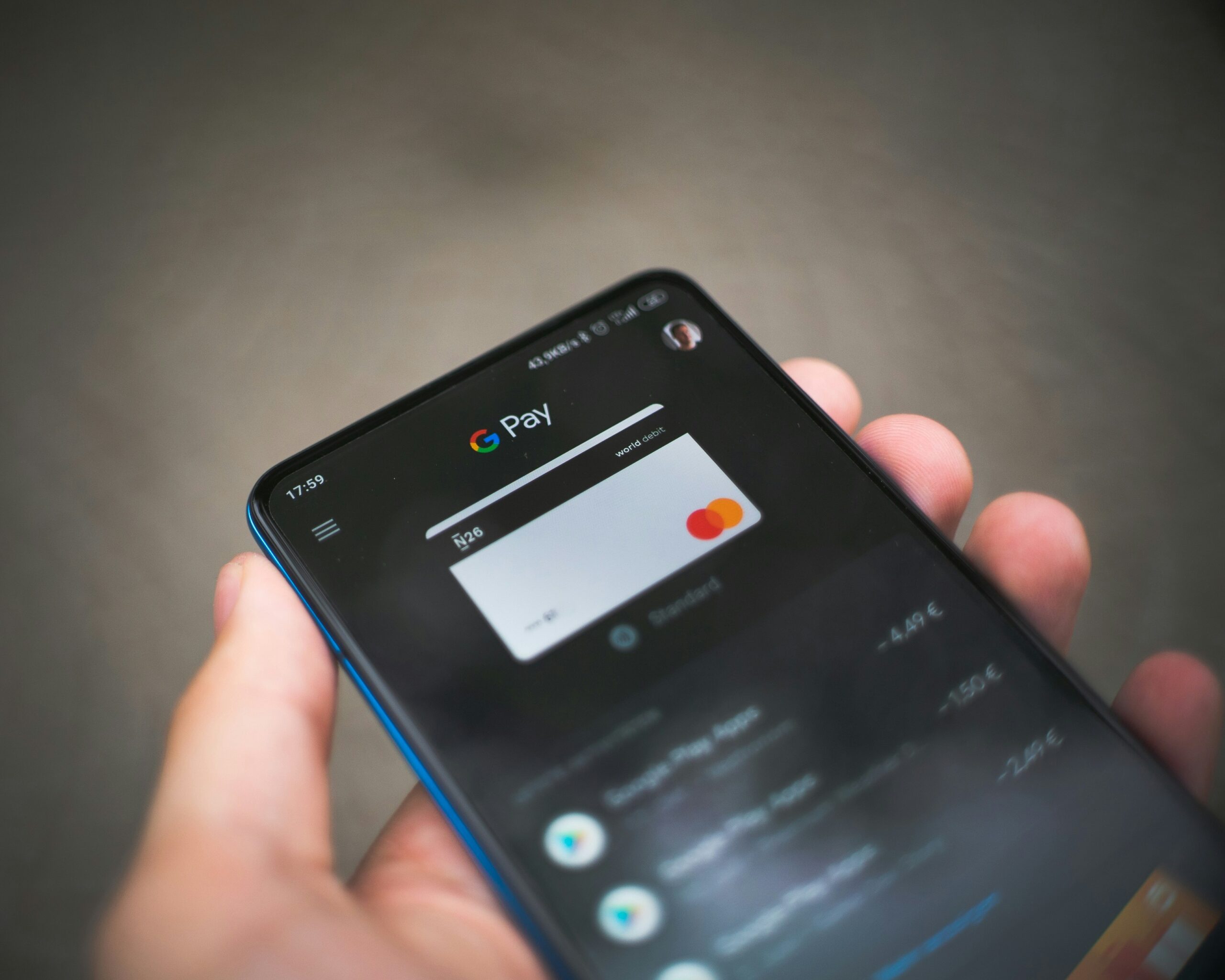Getting an individual loan no longer required completing a tonne of documentation, waiting a long time, and crossing your fingers that the bank’s stringent requirements would be met. Artificial intelligence (AI) is currently transforming the approval, processing, and administration of personal loans. AI-driven personal loans provide a quicker, more intelligent, and broader borrowing experience, with features like personalized lending conditions and rapid approvals. However, what are the possible hazards and benefits of AI’s transformation of personal lending? Let’s get started.

How AI is changing the personal loan landscape
Fundamentally, AI-driven personal lending makes use of sophisticated computational learning algorithms to evaluate creditworthiness, cut down on operational errors, and improve customer service. A closer look at how AI is upending conventional financing is provided below:
- Faster loan approvals
Traditional loan requests need to be reviewed and validated by hand, which can take days or even weeks to process. AI makes this process more efficient by simplifying the gathering and processing of data. Decisions may be made almost instantly using machine learning algorithms that swiftly assess an applicant’s fiscal profile, including income, credit rating, spending patterns, and even unconventional information like utility bills.
AI-driven loans are especially attractive for urgent situations and time-sensitive requirements since they allow borrowers to obtain personal funding in minutes as opposed to days.
- Improved credit assessment
A credit score—a single figure that doesn’t necessarily convey the complete picture—is a major determinant of creditworthiness in traditional lending. However, by examining a variety of data sources, AI models surpass the conventional credit score. These could consist of:
- Bank transactions
- Employment History
- Online behavior
- Social media activity (in some markets)
AI-driven lenders can provide loans to those who might have gone unnoticed by conventional banks, like freelancers, gig workers, and people with little to no credit record, by using alternative information. Increased financial inclusion is the outcome of this.
- Personalized loan offers
AI customizes loan terms in addition to determining a borrower’s eligibility for a loan. AI may tailor interest rates, loan amounts, and payback schedules to a person’s unique situation based on their risk profile. Borrowers are guaranteed to get offers that are more in line with their financial circumstances and ability to repay thanks to this individualised approach.
Benefits of AI-driven personal loans
Beyond speed and ease, AI-driven financing options have several other benefits. Additionally, they are contributing to the development of a community for borrowing that is more affordable and accessible.
- Accessibility
People who were previously shut out of traditional financial services now have access to loans because of AI-driven lending platforms. Even those without a formal credit history can obtain loans using alternative data models.
- Convenience
It is quite convenient because the full loan application procedure can be finished online or using a mobile app. The entire process, from application for authorization and disbursal, takes place online, saving borrowers from having to deal with time-consuming paperwork or travel to a bank.
- Lower costs
AI drastically lowers operating expenses for borrowers by digitizing a big portion of the lending procedure. Borrowers frequently benefit from these savings in the form of reduced fees and interest rates.
- Dynamic risk management
Real-time risk monitoring is made possible by AI. AI systems constantly learn and adjust to shifting borrower behaviors and economic circumstances, unlike fixed models that depend on sporadic updates. This enables lenders to make real-time adjustments to risk assessments.
Challenges and risks of AI-driven loans
Although AI-powered personal loans have many advantages, there are certain hazards and difficulties as well:
- Data privacy concerns
Since AI depends so largely on data, privacy problems are raised by the utilization of sensitive personal data. Strong regulatory monitoring is necessary to provide borrowers with the confidence that their data will be managed securely and morally.
- Algorithmic bias
Biases in the data that AI models are trained on may inadvertently be reflected in the models themselves. This could lead to unequal funding approvals or pricing, among other unfair lending practices, if it is not properly handled. For financial institutions, ensuring fairness and transparency in AI-driven lending is a crucial challenge.
- Over-reliance on technology
Automated processes are not perfect. Inaccurate choices, including rejecting creditworthy candidates or granting loans to high-risk borrowers, could result from data errors or algorithmic defects. It is crucial to strike a balance between automation and human supervision.
The future of AI-driven personal loans
Although AI usage in individual lending is still in its infancy, there is no denying its potential. We may anticipate increasingly more complex AI models that enhance loan convenience, speed, and personalization as technology develops. Furthermore, cooperation between fintech firms and conventional banks may result in hybrid models that combine the best features of both worlds. The agility and creativity of AI-driven platforms with the stability and confidence of traditional financial institutions.
AI-driven personal loans, which provide a smooth and user-friendly borrowing experience catered to individual needs, might soon become the standard. However, managing the risks involved—making sure that these systems continue to be open, objective, and safe—is essential to ongoing growth.
You may also find these articles helpful
Best way to transfer funds from Canada to Malaysia
Everything you need to know about Wealthfront Robo-advisor
Guide on buying NEAR Protocol









